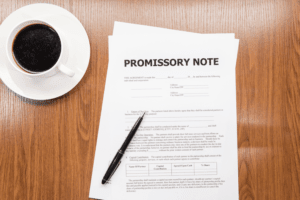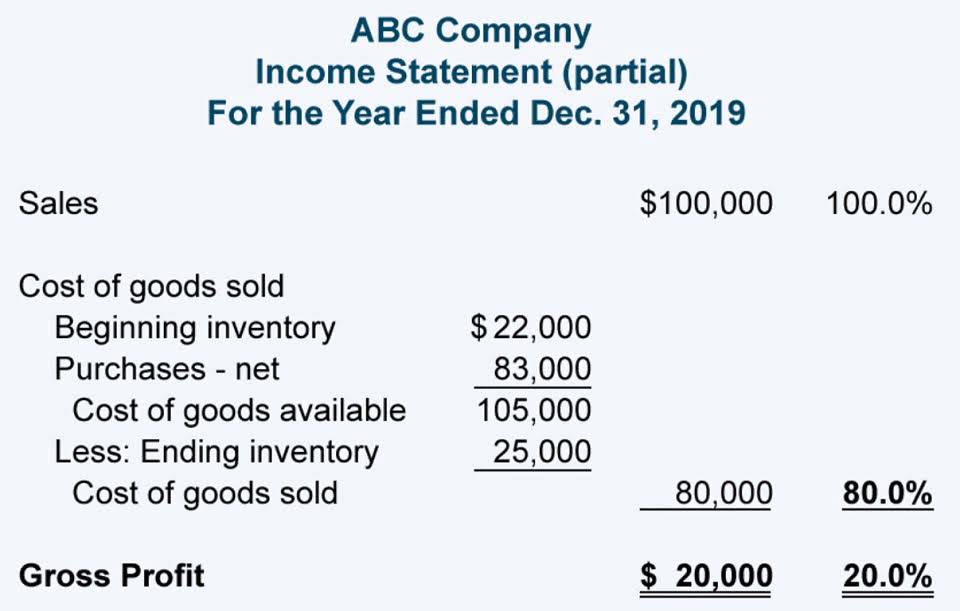Cash Flow From Operating Activities Direct or Indirect Formula
October 11, 2021

For instance, if a company realizes that it will have a cash shortfall in the next month, it can take steps to ensure enough funds are available. Offering cash flow from assets calculation a small discount encourages clients to pay invoices faster. This tactic maintains inflow and reduces the risk of late or missed payments.

Evaluate Costs and Reduce or Adjust as Needed
A scatter plot is a plot which is used to plot the points of the data on the horizontal and the vertical axis also it depicts how one variable is affected by the another. This is because, we are informed in the question that the Solow model has a constant technological knowledge. This implies that no innovation took place for that period, hence, the catching up growth will occur. According to the assumption under kinked demand curve, each firm in an oligopoly believes that if a firm cut price below the prevailing level, then competitors will follow suit. This is because competitors feels that if they do not cut their prices too, then their customers will leave them and buy from the competitor that is selling at lower price.
Cash Flow Statement Calculation Example
The next profit point is the Earnings before Interests and Taxes (EBIT). This is an important index for checking the financial performance of a company. The next is the Taxable Income on which the tax rate is determined and paid to government as Company Income Tax. After deducting the tax expense from the pre-tax income, the final profit point is the After-Tax Income or the Net Income. This determines the dividends policy and the share of retained earnings of the entity.

How to Calculate Net Cash Flow From Operating Activities
The first is the gross profit, which is the difference between the sales revenue and the cost of goods sold. It shows the ability of the management to generate enough revenue to cover the cost of goods sold and make a profit from its trading or primary activities. A cash flow statement includes actual cash transactions, while an income statement can list non-cash receipts. The balance sheet, alternatively, offers a summary of a company’s assets and liabilities during a certain period.
Cash Flows From Investing (CFI)
- In such scenarios, the business owners can either avoid the risk or minimize the impact of the risk.
- Free cash flow is often evaluated on a per-share basis to evaluate the effect of dilution similar to the way that sales and earnings are evaluated.
- Net cash flow equals the total cash inflows minus the total cash outflows.
- A positive margin shows that a company is able to convert sales to cash and can indicate profitability and earnings quality.
- As you repeat the process each month, you’ll generate a comprehensive overview of your cash flow.
You can calculate a comprehensive free cash flow ratio by dividing the free cash flow by net operating cash flow to get a percentage ratio. It is also essential to monitor how cash flow increases as sales increase since it’s important that they move at a similar rate over time. Having enough money to pay the bills, purchase needed assets, and operate a business to make a profit is vital to a company’s success and longevity. The following cash flow formulas each have their own benefits and tell you different things about your business.Let’s go over definitions, calculations, and examples together. To make things extra easy, you can use our free cash flow calculator to follow along.
What are accounts payable days and how to calculate?
Next, our company’s long-term debt balance was assumed to be $80m, which is decreased by the mandatory debt amortization of $5m. For our long-term assets, PP&E was $100m in Year 0, so the Year 1 value is calculated by adding Capex to the amount of the prior period PP&E and then subtracting depreciation. Upon adding the $3m net change in cash to the beginning balance of $25m, we calculate $28m as the ending cash. Identifying and liquidating assets that aren’t essential to core business operations can create an immediate influx of cash that can be reinvested more productively. This might mean renting out unused space or machinery, ensuring equipment operates at optimal capacity, or diversifying product lines.

How to Calculate Cash Flow Using a Cash Flow Statement
The capital intensity ratio is calculated when the total assets that a company has is divided by its sales. Assets are composed of cash and near-cash assets such as short-term liabilities, while liabilities would include money you owe to vendors and employees, as well as taxes you must pay. “Companies do go through growth phases where they are spending money to make money.” As long as the negative cash flow is planned, it’s not an immediate red flag. Free cash flow is an important financial metric because it represents the actual amount of cash at a company’s disposal. A company with consistently low or negative FCF might be forced into costly rounds of fundraising in an effort to remain solvent. While a healthy FCF metric is generally seen as a positive sign by investors, it is important to understand the context behind the figure.
Therefore, it should always be used in unison with the income statement and balance sheet to get a complete financial overview of the company. The cash flow statement is useful when analyzing changes in cash flow from one period to the next as it gives investors an idea of how the company is performing. This information is helpful so that management can make decisions on where to cut costs.
Free Cash Flow to the Firm or FCFF (also called Unlevered Free Cash Flow) requires a multi-step calculation and is used in Discounted Cash Flow analysis to arrive at the Enterprise Value (or total firm value). FCFF is a hypothetical figure, an estimate of what it would be if the firm was to have no debt. FCFE (Levered Free Cash Flow) is used in financial modeling to determine the equity value of a firm. By studying the CFS, an investor can get a clear picture of how much cash a company generates and gain a solid understanding of the financial well-being of a company. The same logic holds true for taxes payable, salaries, and prepaid insurance.
This list covers some of the most accessible tax breaks and tax deductions for your business. This article was verified by a US-based Certified Public Accountant (CPA). Accounting rules are complex and change frequently and we recommend you seek any accounting advice from a qualified CPA.
